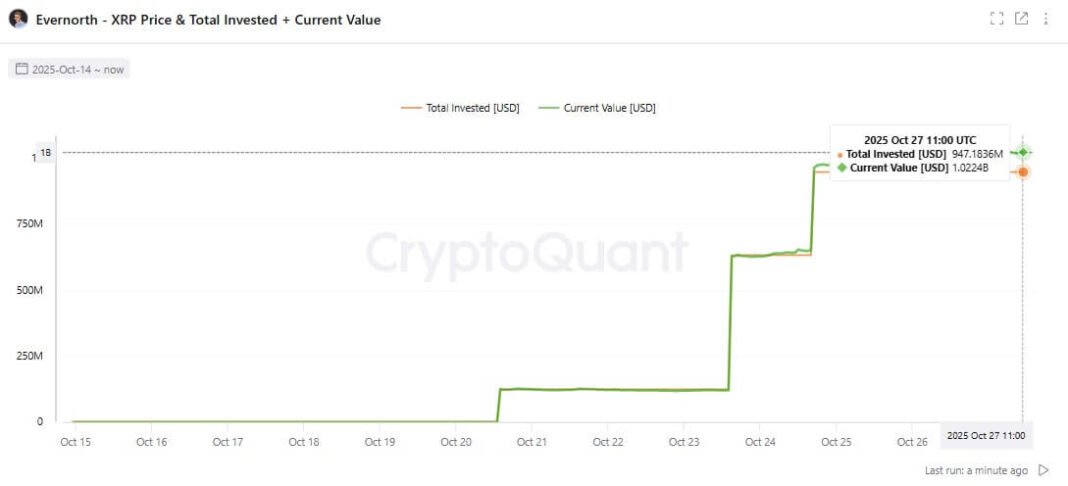Market Pulse
MicroStrategy, the software analytics firm that famously pivoted its corporate treasury strategy to accumulate substantial Bitcoin, finds its bold approach once again under the microscope. In a move that highlights the persistent tension between traditional finance and the nascent digital asset economy, S&P Global Ratings has recently issued a cautionary rating against the company. This action underscores concerns regarding the volatility and concentration risk associated with MicroStrategy’s multi-billion dollar Bitcoin bet, prompting a re-evaluation of its financial health and long-term creditworthiness as of October 2025.
S&P’s Rationale: A Deep Dive into Risk Assessment
S&P Global Ratings’ decision to adjust MicroStrategy’s rating stems from a comprehensive assessment of the company’s financial structure, with particular emphasis on its significant exposure to Bitcoin. The agency cited several key factors driving its cautious outlook:
- Asset Volatility: Bitcoin’s inherent price fluctuations introduce considerable uncertainty into MicroStrategy’s balance sheet, impacting its reported assets and equity valuations.
- Concentration Risk: A substantial portion of the company’s market capitalization and asset base is tied to a single, highly volatile digital asset, magnifying risk compared to diversified portfolios.
- Impact on Traditional Business: While MicroStrategy maintains its core software operations, the scale of its Bitcoin holdings means that the crypto asset’s performance can overshadow and even jeopardize the stability of its underlying business.
- Leverage Concerns: The company has historically utilized debt to finance its Bitcoin acquisitions, increasing its financial leverage and debt-servicing obligations, which S&P views as a heightened credit risk.
This cautionary stance from a major credit rating agency sends a clear signal to investors and the broader market that while Bitcoin offers potential upside, its integration into traditional corporate finance models presents unique and considerable challenges from a risk management perspective.
MicroStrategy’s Unwavering Commitment
Despite the S&P’s recent rating action, MicroStrategy’s leadership, notably Executive Chairman Michael Saylor, has consistently reiterated its long-term conviction in Bitcoin as a superior treasury reserve asset. Saylor has often championed Bitcoin as a hedge against inflation and a store of value, arguing that its eventual mainstream adoption will vindicate the company’s strategy. As of October 2025, MicroStrategy continues to hold a significant amount of Bitcoin, acquired at various price points, and has shown no indication of altering its core strategy in response to external pressures from traditional financial institutions. The company maintains that its software business provides sufficient cash flow to manage its debt obligations and that its long-term bet on Bitcoin remains strategic.
Broader Implications for Corporate Crypto Adoption
The S&P’s cautionary rating on MicroStrategy is more than just an isolated event; it carries broader implications for the evolving landscape of corporate treasury management. As more companies explore the integration of digital assets onto their balance sheets, this decision serves as a powerful reminder of the differing risk frameworks between the traditional financial sector and the crypto industry. It highlights the following:
- Regulatory Scrutiny: Increased attention from rating agencies often precedes or accompanies closer scrutiny from regulators regarding corporate exposure to volatile assets.
- Investor Perception: While some investors are bullish on MicroStrategy’s Bitcoin strategy, the S&P rating may deter more risk-averse institutional investors who prioritize credit stability and predictable financial performance.
- Cost of Capital: A lowered credit outlook could potentially increase MicroStrategy’s borrowing costs in the future, making it more expensive to raise capital for either its software business or further Bitcoin acquisitions.
This dynamic tension suggests that companies venturing into significant crypto exposure will need to carefully balance potential upside with the stringent risk assessment criteria of traditional finance.
Conclusion
The S&P Global Ratings’ cautionary assessment of MicroStrategy’s credit profile due to its Bitcoin strategy serves as a critical juncture in the ongoing integration of digital assets into mainstream corporate finance. While MicroStrategy remains steadfast in its conviction, the rating underscores the significant hurdles and divergent viewpoints between the innovative, yet volatile, world of cryptocurrency and the established prudence of traditional financial oversight. The coming years will reveal whether MicroStrategy’s pioneering approach ultimately revolutionizes corporate treasury management or remains an outlier continually battling against conventional risk metrics.
Pros (Bullish Points)
- Continued strong Bitcoin performance could eventually validate MSTR's strategy, demonstrating prescience.
- S&P's focus could prompt more transparent risk management from other crypto-exposed companies.
Cons (Bearish Points)
- The downgraded outlook could increase MSTR's borrowing costs and limit future financing options.
- It reinforces traditional finance's skepticism, potentially deterring mainstream institutional adoption of similar treasury strategies.
Frequently Asked Questions
What prompted S&P's rating action against MicroStrategy?
S&P cited MicroStrategy's substantial and volatile Bitcoin holdings, which introduce significant balance sheet risk and impact its traditional software business's credit profile.
How does this S&P rating affect MicroStrategy?
A cautionary or downgraded rating can signal increased risk to investors, potentially raising the company's cost of capital and influencing market perception of its financial stability.
Does this S&P rating reflect negatively on Bitcoin itself?
Not directly. The rating specifically addresses MicroStrategy's corporate strategy and balance sheet risk, rather than Bitcoin's intrinsic value or long-term potential as an asset.






